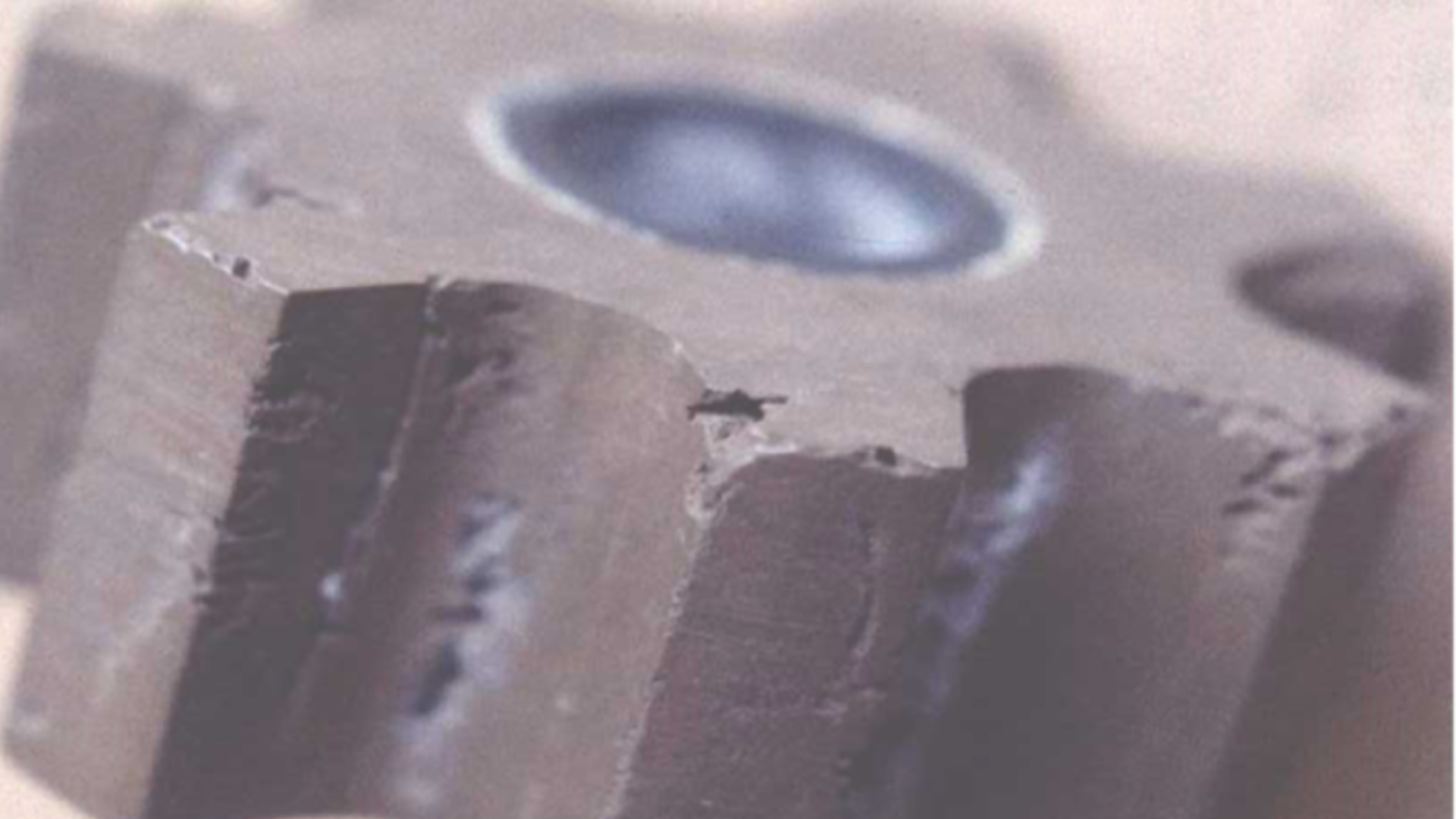NPSH Visualized
If you’ve ever fallen asleep reading pump texts about NPSH, you’re not alone. But here’s an easy-to-understand, graphical approach to ensuring your calculations.
If you’ve ever fallen asleep reading pump texts about NPSH, you’re not alone. But here’s an easy-to-understand, graphical approach to ensuring your calculations.

A key advantage of rotary positive displacement pumps is providing consistent flow regardless of changes in liquid viscosity or differential pressure. But should a downstream blockage occur, pressure will rapidly build and may exceed the rating of the pump, drive equipment, system, or any combination thereof, with the potential for damage and unplanned downtime. For this reason, overpressure protection must be used, and pressure relief valves are the most commonly used form of overpressure protection for rotary positive displacement pumps.

All positive displacement pumps work by first expanding a cavity between the casing and one or more moving parts to create a partial vacuum, so atmospheric pressure can force liquid into the pumping chamber through the inlet port

Customers don’t ask me to listen to quiet pumps. This is symptom #1 of a cavitating pump. The pump is loud. Descriptors like “growly”, “rumbling”, or “gravelly” are used to describe the atypically loud sound coming from the pump.
“Does it always sound like this?” I ask.
“No, it was fine in the fall, but it’s been loud all winter.”
The pressure at which the relief valve begins to open and bypass liquid.
Calculating: This value can be given by the customer or established at 10-15% above the maximum differential pressure for pumps with internal relief valves or the maximum discharge pressure for pumps with return-to-tank valves or in-line system valves.
The pressure at which the entire capacity of the pump is bypassing through the relief valve. In other words, this is the maximum differential pressure rating for pumps with internal relief valves or the maximum discharge pressure rating for pumps with return-to-tank valves or in-line system valves.
Calculating: Dependent on the valve used, spring used, and capacity of the pump.
Pressure to which the pump will be subjected to for a short duration to insure casting, seal, and gasket integrity.
Calculating: Hydrostatic test pressures can be to as much as 1.5 times MAWP, but may be limited by other factors such as the seal.
Maximum rated pressure of the pressure containing components of the pump, not including the shaft seal, but including the canister in the case of Mag Drive pumps.
Calculating: MACP can be established as the pressure limit of the port connections for most pump models. In the case of Mag Drive pumps, it can be considered as the hydrostatic limit of the canister divided by 1.5.
The maximum continuous pressure for which the pump is designed.
Calculating: MAWP can be established as the lowest pressure limit of the following 3 components:
1) Shaft Seal
2) Joint Seals
3) Port Connections
The maximum allowable difference between the Discharge Pressure and the Inlet Pressure for a given set of operating conditions.
Calculating: Provided by the Pump Selector program or Catalog Performance Curves, but may be increased or decreased depending on the application specifics, pump size, and construction. This may be less than or equal to the Full Bypass Pressure of the relief valve.